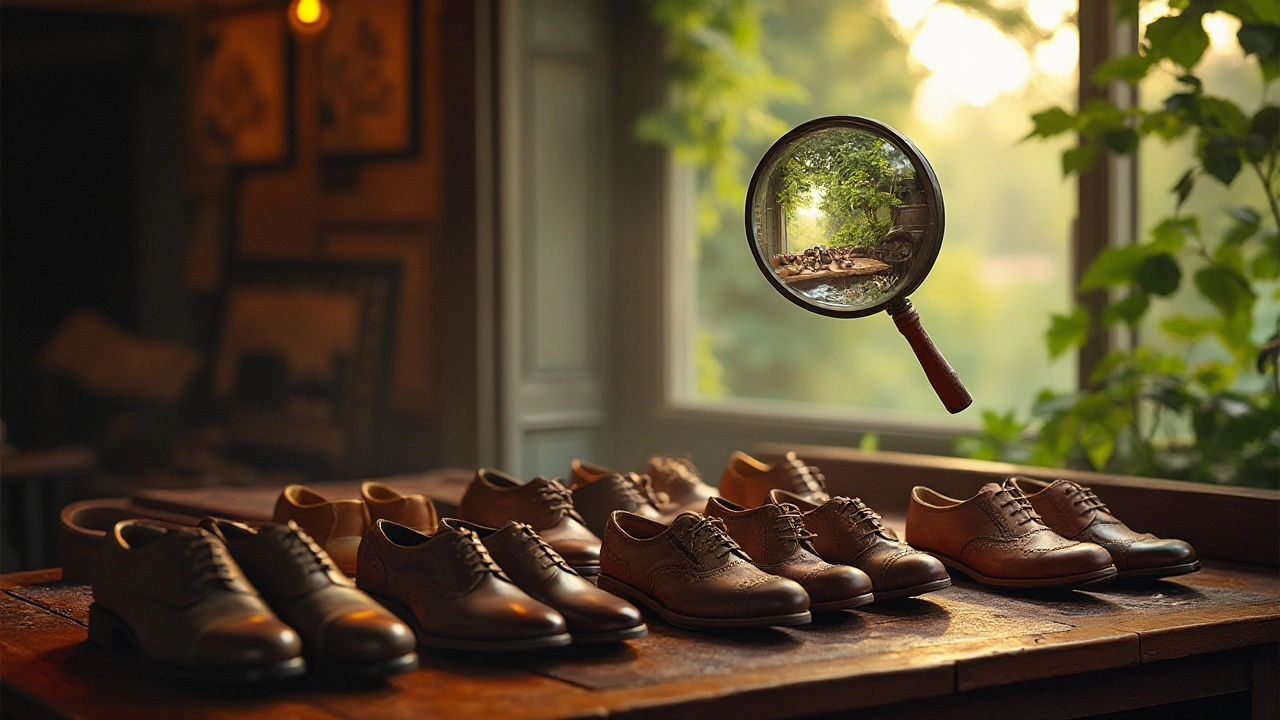Real Leather: Why It Matters and How to Choose It
Real leather feels different from synthetic alternatives. It’s softer, breathes better, and ages with a unique patina that many people love. If you’re hunting for jackets, shoes, or accessories, knowing what makes genuine leather tick can save you money and headaches.
First off, genuine leather comes from animal hide that’s been tanned, not from a plastic blend. The tanning process removes hair and prepares the hide to be strong yet flexible. That’s why a real leather jacket will stretch a little as you wear it, but a faux one will stay stiff for life.
Spotting Real Leather
When you shop, run your fingers over the surface. Real leather has a grainy texture that feels warm and slightly oily. Fold a corner of the material; genuine leather will show a natural grain pattern, while synthetic leather often has a uniform, almost plastic look.
Check the smell. Authentic leather has a rich, earthy scent that’s hard to copy. If it smells like chemicals or has no scent at all, you’re probably looking at a fake.
Look for the label. Reputable brands will list the type of leather (full‑grain, top‑grain, or genuine). Full‑grain is the highest quality – it’s cut from the top layer of the hide and retains the natural markings.
Caring for Real Leather
Keeping leather in shape is easier than you think. For everyday cleaning, a soft damp cloth is enough. Avoid soaking the material; water can cause the leather to stiffen.
Conditioning is key. Use a leather conditioner every 3‑4 months to replenish the natural oils. Apply a small amount with a clean cloth, let it absorb, then buff lightly.
Store leather items upright, away from direct sunlight. Sunlight can fade the colour and dry out the leather. A breathable cotton bag works better than plastic, which traps moisture.
If a stain appears, act fast. Blot – don’t rub – with a dry cloth. For tougher spots, a mixture of equal parts white vinegar and water can help, but test on an inconspicuous spot first.
Leather shoes deserve special attention. After a walk in the rain, let them air‑dry naturally; never use a heater. Once dry, apply a leather polish to keep the colour rich and the surface protected.
Investing in real leather pays off. A well‑cared leather jacket can look great for decades, developing a story‑filled look that no synthetic piece can match. The same goes for shoes – a pair of genuine leather dress shoes can become your go‑to for years, getting more comfortable with each wear.
When you’re ready to buy, set a budget and decide which quality level fits your needs. Full‑grain pieces cost more but offer the best durability. Top‑grain gives a polished look at a lower price, while genuine leather is the most affordable entry point.
Bottom line: real leather is a natural, long‑lasting material that rewards proper care. Spot it with texture and scent, treat it gently, and you’ll have wardrobe staples that age like fine wine. Happy hunting, and enjoy the unique feel of genuine leather!"
-
Are Hush Puppies Shoes Made with Genuine Leather?
Hush Puppies, known for their casual style and comfort, have captivated footwear enthusiasts globally. A common question arises regarding their material: do they use real leather? This article dives into the details, examining the different materials used in Hush Puppies shoes, the significance of genuine leather in footwear, and how to care for them. It offers insights for those interested in sustainable fashion and evaluates the differences between real and synthetic leather.
